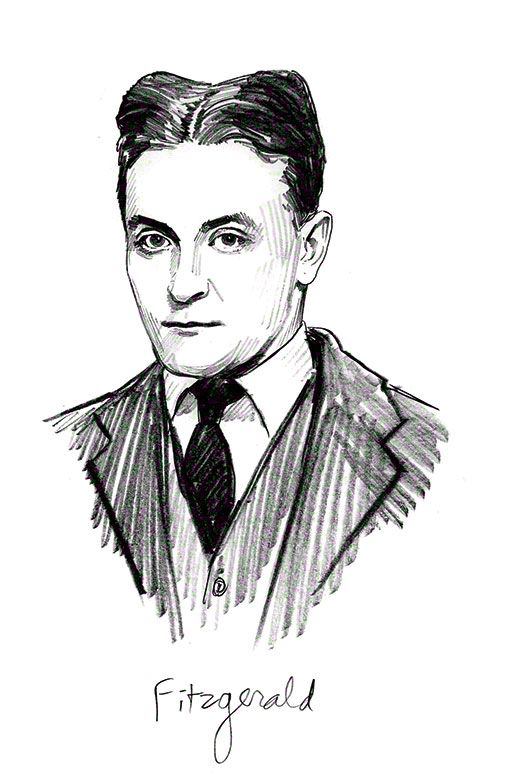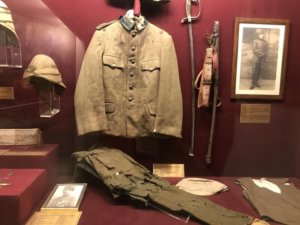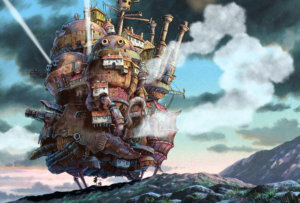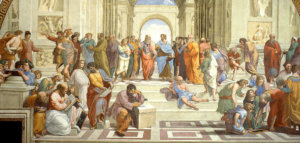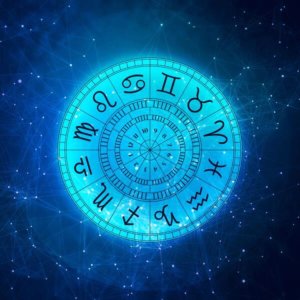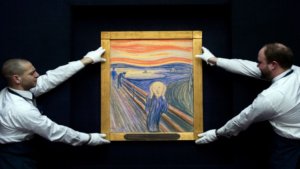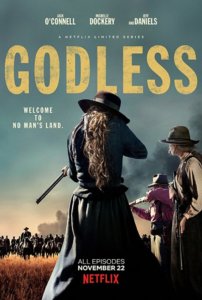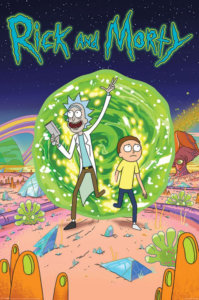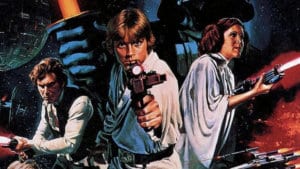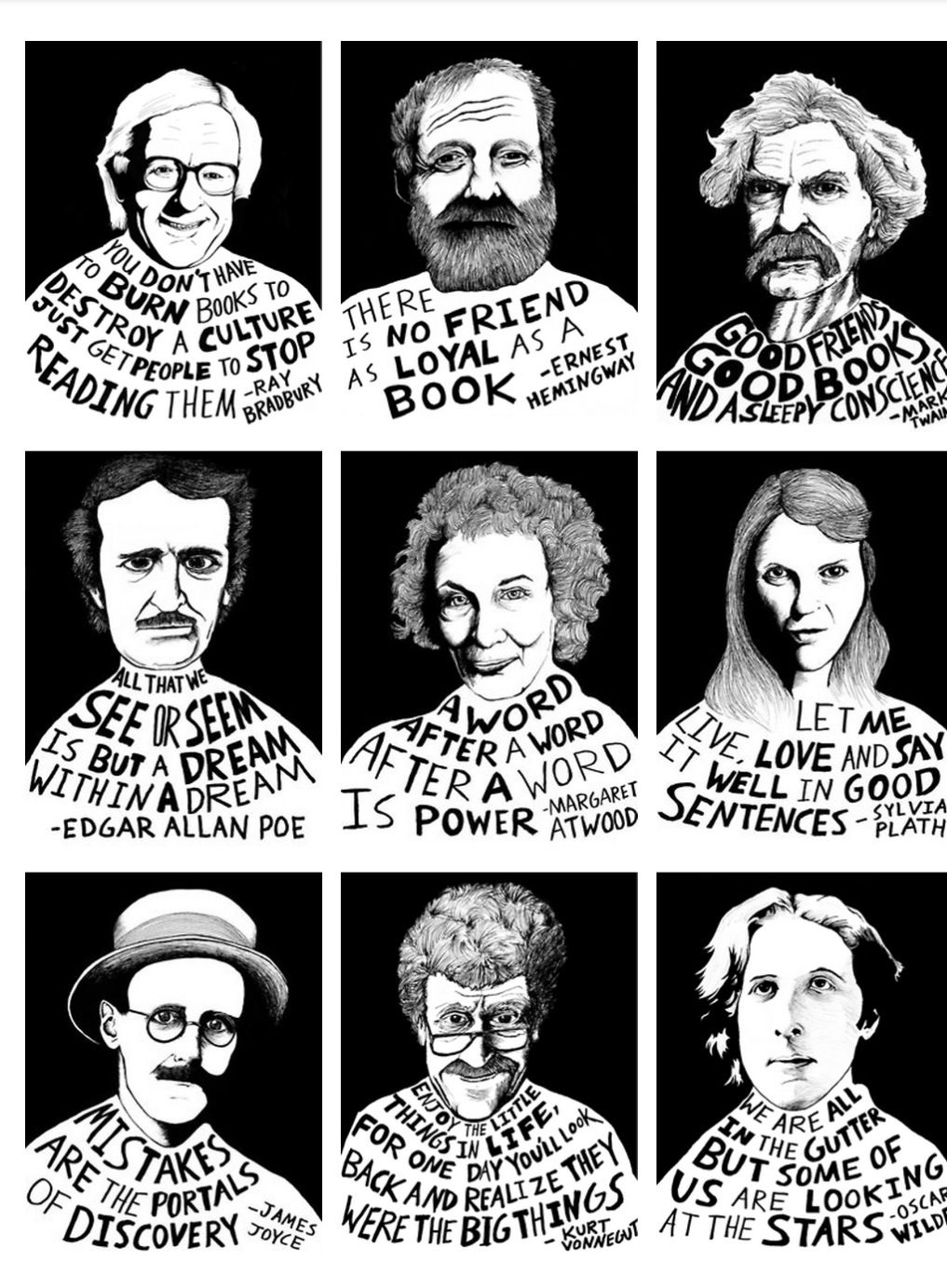
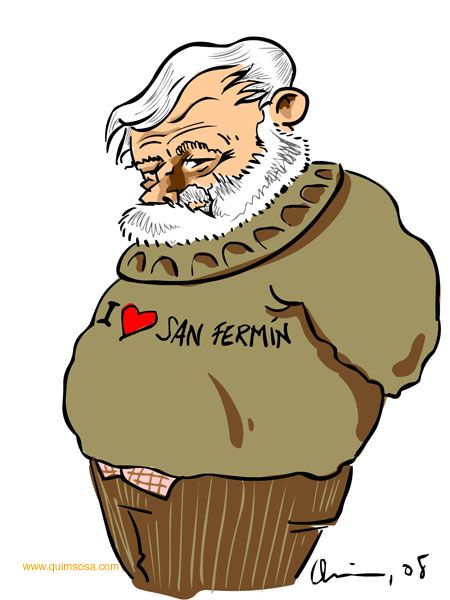
Regarded as Tolstoy’s most important novel, Anna Karenina is an absolutely heartbreaking and heartbreaking story. Trapped in her loveless marriage, Anna does the unthinkable and gives up everything she has for the handsome Count Vronsky. As can be seen from the finale chosen by Tolstoy,
Such female behavior was never welcome in 19th century Russia. The tragic love story between the emotional and rebellious Anna and the handsome soldier Vronsky is one of the greatest novels in history. Tragedy ensues when Anna refuses to marry a passionless marriage and must endure the hypocrisy of society. In this painting, drawn on the wide and rich canvas of 19th century Russia, the seven main characters, their constant conflicts, the contrasts between city life and rural life, all kinds of love and family happiness determine the main axis of Anna Karenina. Striking, lively, binding, and extremely easy to read despite the heavy load of its content, Anna Karenina will be remembered for generations.
Vladimir Nabokov described Tolstoy’s Anna Karenina as ‘one of the greatest love stories in world literature’. Matthew Arnold described the novel as ‘a slice of life’. Set in Tsarist Russia, Anna Karenina is a rich and complex tale of passionate love and disastrous infidelity.
Madame Bovary
The work is about the situations and relationships that Emma Bovary, the wife of the good-hearted and ordinary doctor Charles Bovary, who has high ideals and a passion for extreme luxury, enters to get rid of the monotony of life.
The author used the observer aspect of realism while explaining the inner worlds of the characters. Considered by some authorities to be the first contemporary realist novel, Madame Bovary was first published in 1857.
The behavior of the main character, Emma Bovary, had great repercussions in her period, Flaubert had to go to court for the publication of the entire book, and the author was exposed to various criticisms and accusations for many years.
The novel, which emerged as a reaction to the idealist approach of romanticism, is one of the first and most important examples of the realism movement.
After this book, the ‘bovarism’ movement emerged and took its place in psychology as a disorder that means dissatisfaction and dissatisfaction.
War and peace
War and Peace, 19. It is a masterpiece that reflects the upheaval caused by the Napoleonic Wars, especially in aristocratic circles in Moscow at the beginning of the century, with extremely realistic scenes and detailed and in-depth analysis.
The work skillfully reflects the life lived in villages and towns as well as observations about the nobility.
The protagonists of the novel, Pierre Bezukhov, who are looking for the meaning of life, and the sharp-tongued Prince Andrei are kneaded by the pain of war; Natasha Rostov, on the other hand, risked her happiness because of her thoughtless behavior.
Tolstoy takes his view of humanity with a sincere skill and creates a magnificent novel. “War” represents the endless brutality between Russia and France, and “peace” represents the passionate love between people in this giant novel in which dozens of heroes are successfully described and the events that the heroes go through.

The world is divided, it is said, when it comes to Tolkien’s work: those who have read The Lord of the Rings and those who will. By 1997, many Turkish readers had the opportunity to switch to the “readers” side. The Turkish edition of the book proved the universality of the interest in The Lord of the Rings.
To crown this achievement of the work, we present this special, one-volume edition that brings together the three parts. For those who still haven’t read it, but “will read it”, and for this beautiful book to be permanent enough to be passed on to future generations in your library…
The Lord of the Rings ranks first among the hundred most read books of the twentieth century; It has the undisputed leadership among all genres of literature, whether science fiction, fantasy, detective , best-seller or mainstream. From one perspective, it’s a fantasy novel, from another perspective, it’s a novel about the human condition, responsibility, power and war. a journey, a growth story; A novel about sacrifice and friendship, about ambition and betrayal.
Station Eleven
There are no trains running fast under the cities anymore… No more cities. No phone… No internet…
1 DAY
A deadly flu virus explodes on the earth’s surface like a neutron bomb. News reports that the death rate is over 99%
2. WEEK
Civilization collapses.
20. YEAR
A group of actors and musicians named The Mobile Symphony travels through the settlements to give concerts and play Shakespeare. Twenty years after the epidemic, life is relatively safe. But a new danger looms and threatens the hopeful world that all survivors are trying to rebuild.
Station Eleven chronicles the intersection of the lives of six people. These are: the famous actor Arthur Leander; Jeevan, who was warned about the flu at the last moment; Arthur’s first wife, Miranda; Arthur’s oldest friend Clark; Kirsten, an actress in The Traveling Symphony, and the enigmatic self-proclaimed prophet…
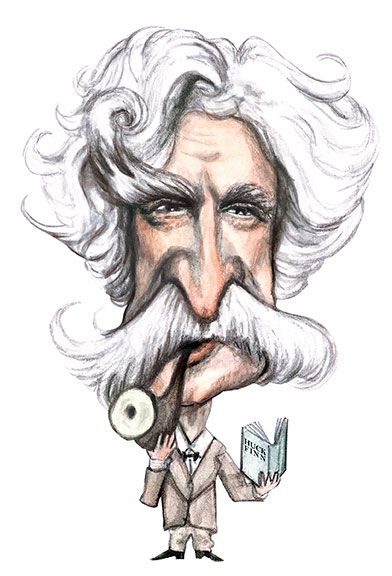
The legend begins with a mission given to Merlin, a half-human-half-demon creature who was born in two hundred and eighty-one days from a woman who had sex with a demon like Lilit, who entered the dreams of women in the Sumerians and made love to them. Pendragon’s battle with the duke of Cornwall, his bed with the duchess with Merlin’s help, and the birth of Arthur…
The miracle of the sword he pulled out of a stone… His coronation and appointing those around him…
The feast he gave in Wales on Pentecost, and the kings and lords who came to his feast…
The round table he built for the Twelve Knights…
Arthur’s Wars…
Merlin saves Arthur’s life and puts a spell on King Pellinor to put him to sleep…
British writer Sir Thomas Malory has gathered these interesting legends, which are probably different from each other, but we are all familiar with at least one of them, in a gripping whole and turned them into a legendary novel that can be enjoyed by adult readers of all ages.
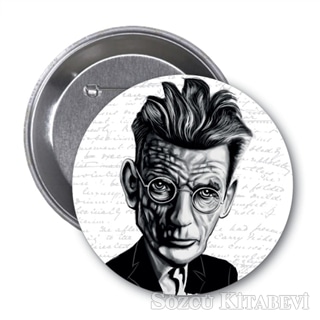
Phileas Fogg, who is thought to be a daredevil thief of the Bank of England, will be followed throughout his entire journey by Inspector Fix, who has failed to arrest him as he has not received a warrant for his arrest. Passepartout and the stubborn Fix, the countries he went through, various adventures, the strategies applied to overcome countless obstacles, Phileas Fogg’s struggle against time, who never compromised the English composure, made Around the World in 80 Days one of the best novels of the author, and the interest of the readers was 1873. It has not diminished since its first edition.
Children in the Rye Field
Effi Briest
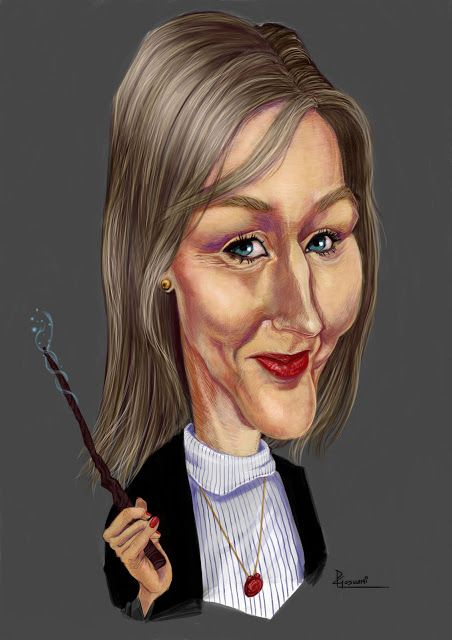
Edith Nesbit, a very emotional and engaging adventure novel and the author’s first book for children, chronicles the boy’s attempts to help his father and reclaim their fortunes. When the father’s business fails, the six children decide to help finance the family by searching for treasure. But although they think there are many ingenious ways to do it, their well-meaning efforts cause more trouble than profitable.
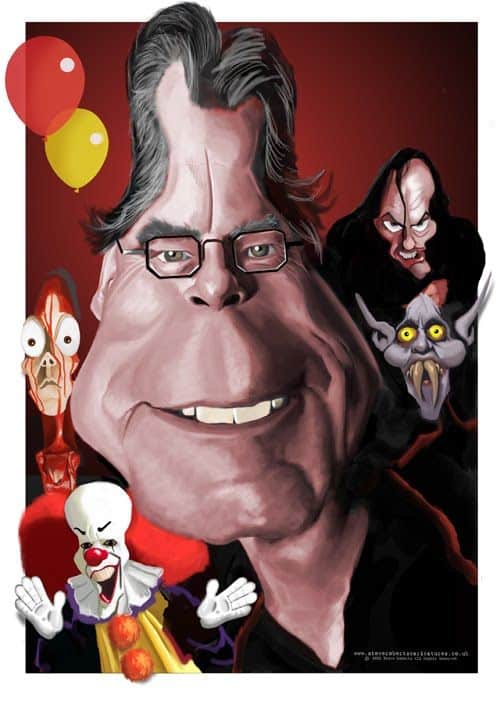
The Adventures of Huckleberry Finn, which is among the great American novels, is also considered to be Mark Twain’s best work. Huck, an uneducated, superstitious, but kind-hearted boy, runs away from his jobless and drunken father. Together with the fugitive black slave Jim, he embarks on an adventurous journey along the Mississippi River. While Twain presents unique portraits of people from all classes living on both sides of the river, he maintains a humorous and ironic style at times.
The main theme of the novel is the conflict between slavery and freedom. Jim aims to regain his freedom. Huck, who is trying to get rid of his cruel father and Mrs. Douglas, who is trying to control his thoughts and behaviors by accepting him into his home, is actually struggling with a kind of captivity. In her relationship with Jim, 19. Huck, who is in moral conflict with the intellectual climate of the 20th century and the accepted values of the society, will eventually get rid of prejudices and establish a loving friendship with him.
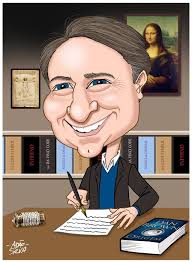
Contrary to Shakespeare’s early comedies, Dry Noise is a play that extracts the comedy elements from the characters themselves, from the social conditions they are in, from their reactions to these conditions. His arguments about the “good” characters doing “evil” against their will, the dramatic integrity, and the tragic ending set him apart in Shakespeare’s work.
Although the impossible love of two young lovers, Claudio and Hera, is the main theme of the play, Dry Noise presents the most interesting, entertaining and humane dialogues in Shakespeare’s comedies, with the conflict between Beatrice and Benedick.
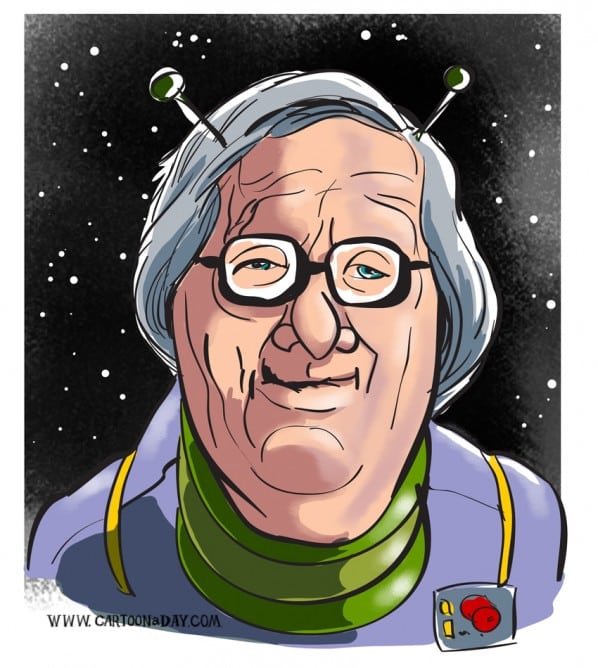
Moby Dick, which tells about the last voyage of a whale ship called “Pequod”, how the whales were hunted and how the ship finally sank, can be thought of as an adventure novel set in the seas at first glance. However, the more people read Moby Dick, the more they think about what they read, the more they begin to sense the depth and true meaning of the book. Those who don’t sense this depth, this literal meaning, can still enjoy Moby Dick as an exciting story about whaling.
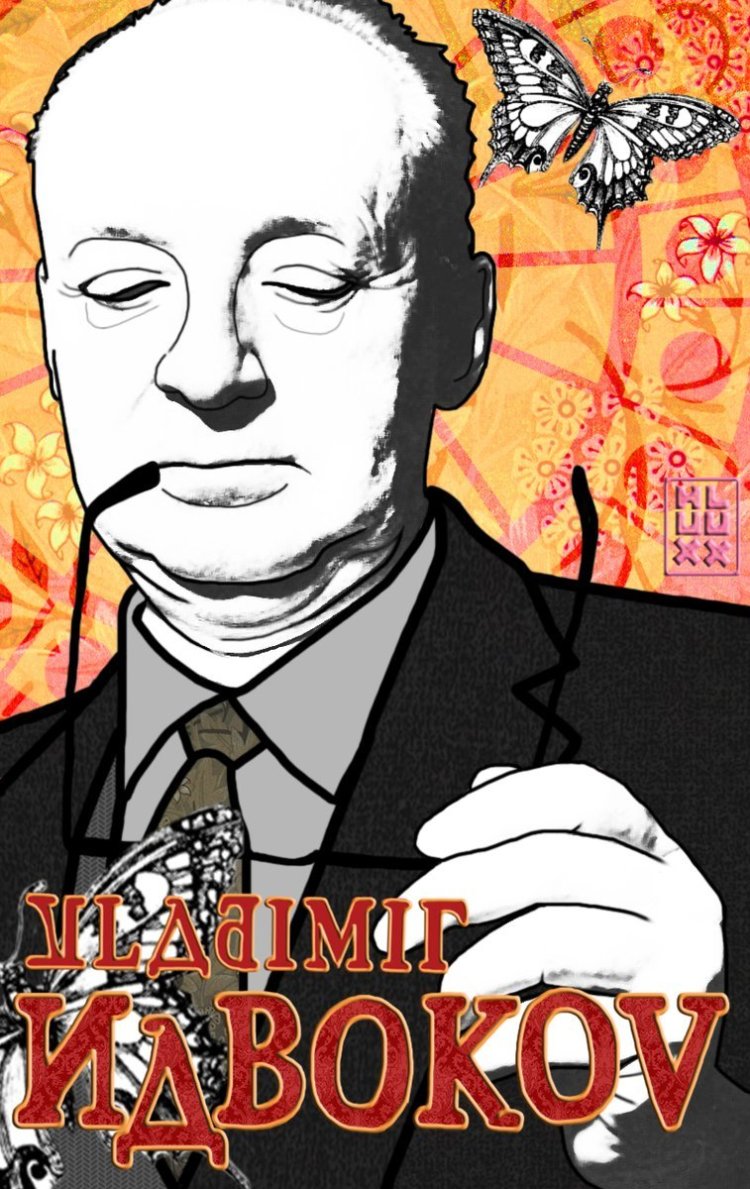
Joyce had met a young woman named Nora Barnacle in 1904. (He married Nora Barnacle in 1931 at the insistence of his daughter, although he was against the marriage.) Ulysses takes place in Dublin on 16 June 1904, the day Joyce, in her own words, realizes that she loves Nora Barnacle. (The main protagonist of the novel is, in a way, the city of Dublin. In “Bloomsday”, which is held in Dublin every year on 16 June, tours are organized to visit the places mentioned in the chapters in the book.) The plot is, at its core, very simple: student Stephen Dedalus and Leopold Bloom, a self-employed Jewish ad aggregator. However, what is really told is that these two people are part of a larger reality that transcends their individual identities: Stephen is the representatives of the “artistic” nature, and Bloom is the representatives of the “scientific” nature. On the other hand, these two outcasts are of particular importance to both Joyce and each other: Stephen is a reflection of Joyce’s youth and Bloom is a reflection of her maturity; Bloom is Stephen’s “spiritual father,” so to speak, etc. But the main literary significance of the book is due to the symbolic parallelism of its framework with Homer’s epic Odyssey and the different techniques and styles Joyce used, especially the 18th century. and comes from the “stream of consciousness” in which the thoughts of Molly, Bloom’s wife, are projected in the final chapter.
Transformation
Kafka’s narrative named Transformation, published in 1915, is a work in which the author’s art of expression has reached its peak. The narrative, which examines the disgusting family relations in petty-bourgeois circles down to the smallest details, also strikingly expresses the tragedy of the individual, who consciously rebels against the stereotyped, dysfunctional flow of society in general. The metamorphosis of Gregor Samsa into an insect means that he ceases to be a mere cog in a cogwheel, a society that does not criticize but merely obeys; thus, the fate of the infested is of course excluded by the society. His Transformation, which is among Kafka’s most enduring works and described by Nobel Prize winner Elias Canetti as a typical example of the art of expression at the most competent level.
